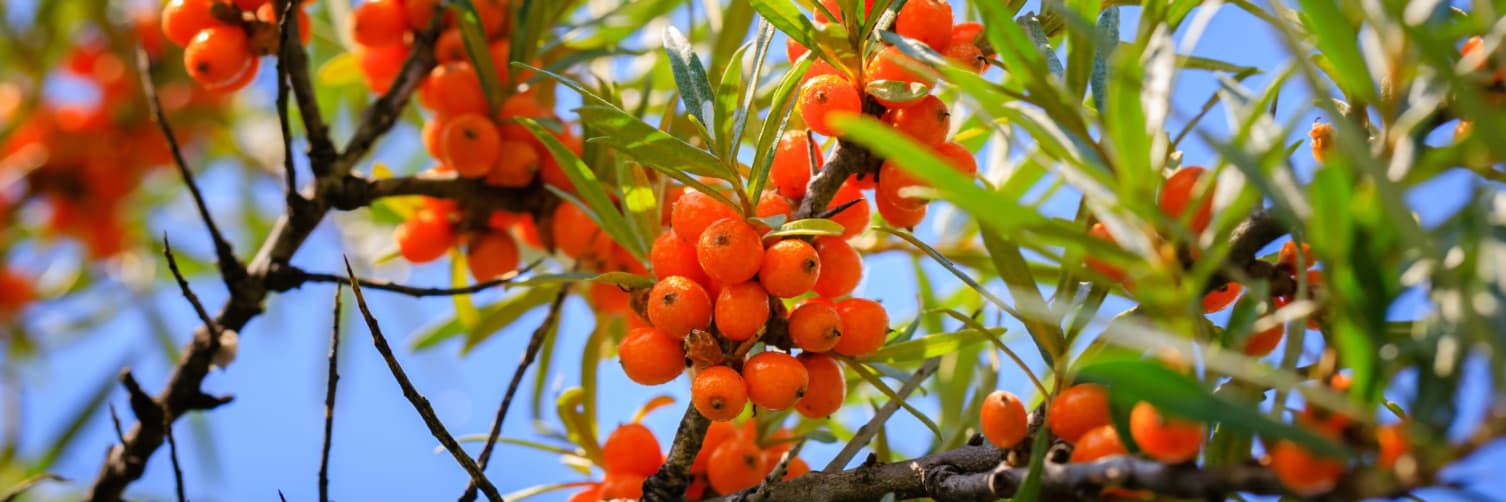Our hundreds of growing guides are each reviewed by RHS Master Horticulturists.
Our contributors include RHS Gold Medallists, estate gardeners, society members and more!
Shrubs are the stalwarts of a perennial border, the heroes of hedges – and can work alone as individual specimens or in mixed planting schemes in a range of settings.
They are woody-stemmed perennial plants, which can be either deciduous or evergreen and can vary hugely in shape, size and appearance.
Shrubs, sometimes also known as bushes, are shorter than trees, typically under six metres in height, and have multiple stems rather than a single trunk.
Shrubs are sometimes included in growing areas containing a number of them; these are known as shrubberies. Though there has been some snobbery over the idea of garden shrubberies in recent years, they can be useful and interesting ideas to consider for a garden – particularly because they are low maintenance and easy to care for.
Shrubs can be an excellent choice for planting below trees, in borders of the garden, or in a forest garden or similar perennial polyculture planting scheme. They can also work well at the back or towards the back of a herbaceous border.
Acer / Azalea / Azalea Japonica / Berberis / Blueberries / Brugmansia / Buddleja / Buxus / Callistemon / Camellia / Ceanothus / Choisya / Citronella / Cordyline / Cotoneaster / Crape Myrtle / Daphne / Deutzia / Dogwood / Dwarf Buddleja / English Lavender / Escallonia / Euonymus / Euphorbia / Fatsia / Forsythia / Gooseberry / Hardy Fuchsia / Hawthorn / Hebe / Helianthemum / Hibiscus / Holly / Hot Lips / Hydrangea / Juniper / Laurustinus / Lilac / Mahonia / Medlar / Nandina Domestica / Oleander / Photinia Red Robin / Pieris Forest Flame / Pieris Japonica / Pittosporum / Potentilla / Pyracantha / Rhododendron / Roses / Sage / Salix Integra / Sambucus Nigra / Siberian Peatree / Spiraea Japonica / Sweet Box / Tree Peonies / Viburnum Davidii / Weigela / Yucca
Shrubs generally require reasonably little care, but the first step in caring for a shrub is choosing a suitable location. A shrub will only thrive if it is grown in a place suited to its environmental needs.
Pruning shrubs correctly is key to keeping them in good health – it is therefore important to understand the pruning requirements for the particular shrub or shrubs you have chosen.
Other than pruning, most shrubs will require little other care, though they may need some water or feeding in certain situations, especially during establishment, and during particularly dry periods.
Additional watering may be required for shrubs in containers, or in the rain shadow of a wall. Shrubs in containers may benefit from feeding, though with most shrubs grown in the ground, feeding will not be necessary.
Be sure to mulch well around the base of your shrubs with an organic mulch – this will help retain moisture and protect and improve the soil. It can also aid in weed suppression. Just make sure that the mulch does not touch directly the stems around the base of the shrub, as this can cause them to rot.
